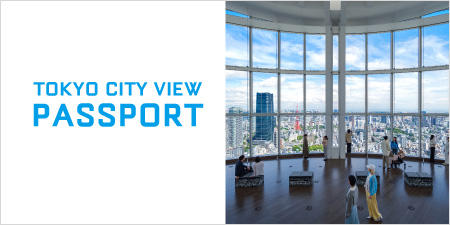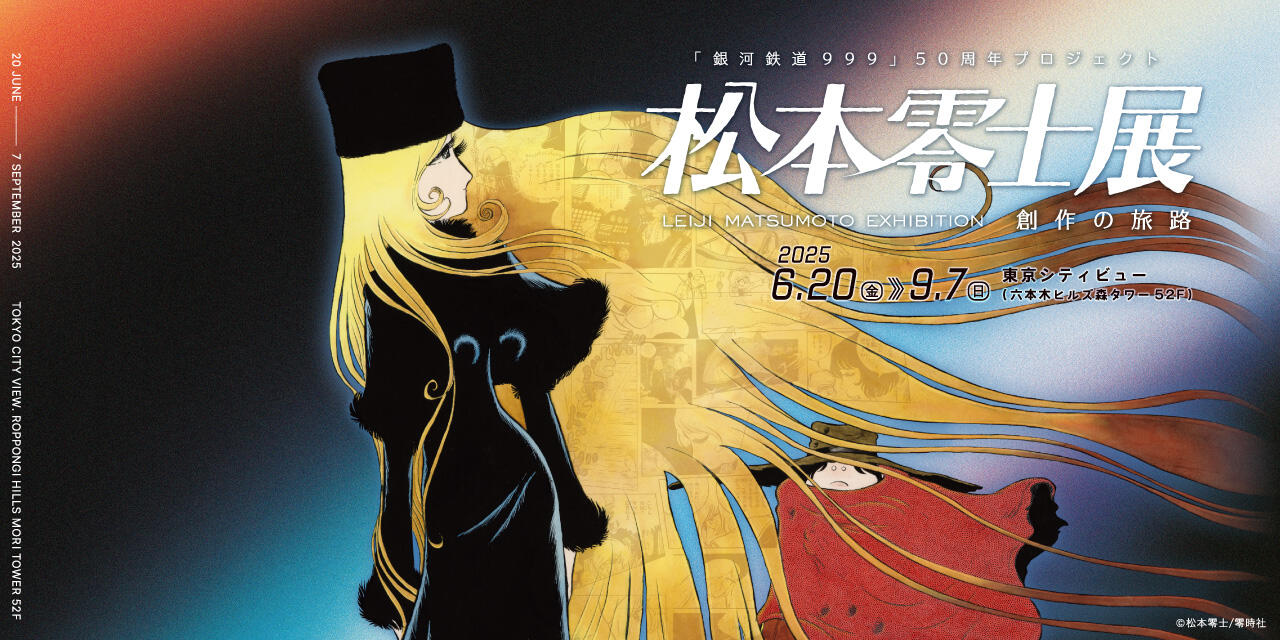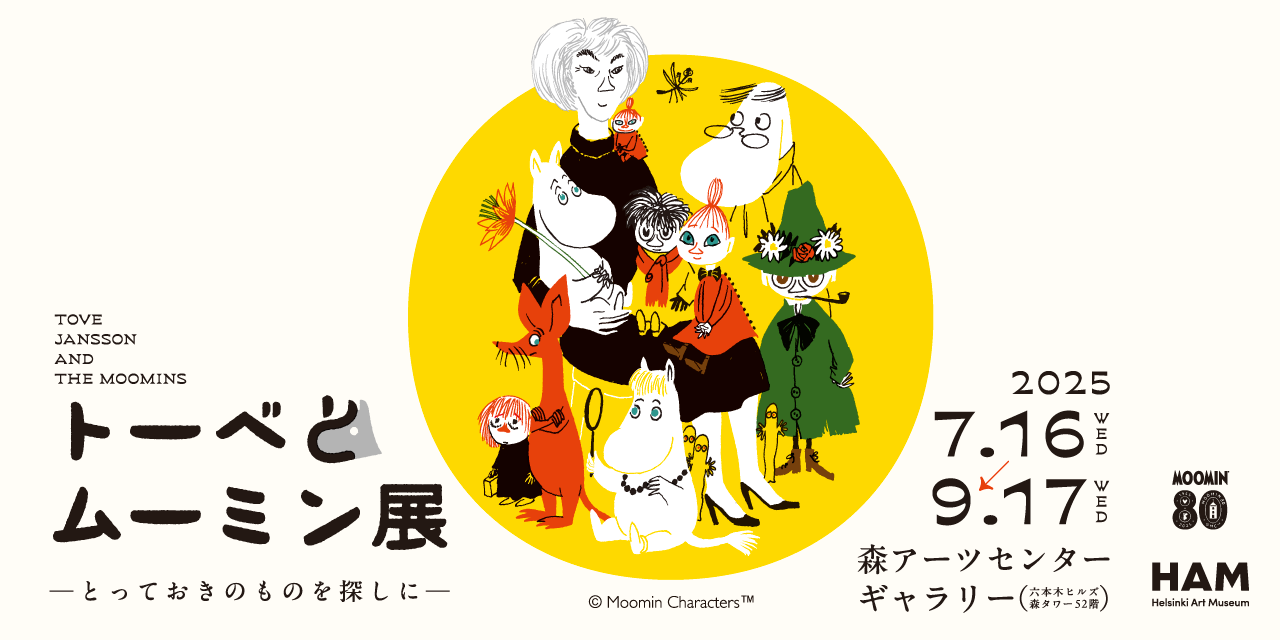The origin of the term “Asian American” dates back to 1968 during the height of the civil rights movement and the opposition to the Vietnam War in the United States. Different social movements spanning across a wide range of racial and ethnic spectra coalesced into nationwide protests that fought to rectify the pervasive problem of inequality, oppression, and injustice in American society and politics. Witnessing the development of inter-ethnic coalition-building taking place before their eyes, University of California, Berkeley students Yuji Ichioka and Emma Gee coined the term “Asian American” with hopes to strengthen solidarity among different Asian communities (such as Chinese American, Japanese American, Filipino American, and Korean American) under one self-defined identity. While their origins, histories and cultural backgrounds varied, these groups shared common experiences of prejudice, discrimination, and disenfranchisement as people of Asian descent in the U.S. The term gave birth to a pan-Asian movement called the “Asian American Movement.”
MAM Research 009: Imagining Justice - Asian American Art Movements focuses on diverse range of cultural practices by artists, musicians, performers, activists, and art organizations that have been involved in the history of the many social movements that make up the Asian American Movements throughout the U.S., while also shedding light on more recent works and projects. Journeying through the five major cities across the U.S. - Los Angeles, San Francisco, Chicago, Philadelphia, and New York City - the exhibition examines how art has played a fundamental role in confronting racial inequality, empowering communities, and continuing to tell the history of Asian Americans from the past and into the future.
Due to a learning program scheduled, the screening will be temporarily unavailable during the following time-frame:
- 17:00-21:00, Wednesday, June 29, 2022

Chris Iijima and Joanne Nobuko Miyamoto singing duo in Central Park, February 1971
Courtesy: Bob Hsiang Photography

Chris Iijima and Joanne Nobuko Miyamoto singing duo in Central Park, February 1971
Courtesy: Bob Hsiang Photography

May 11, 1972
Photo courtesy: Robert A. Nakamura/Visual Communications Photographic Archive - George T. Ishizuka and Harukichi Nakamura Asian American Movement Collection

Peter Yew Police Brutality Protests (in front of the New York City Supreme Court)
1975
Courtesy: Estate of Corky Lee



 About “MAM Research”
About “MAM Research”




